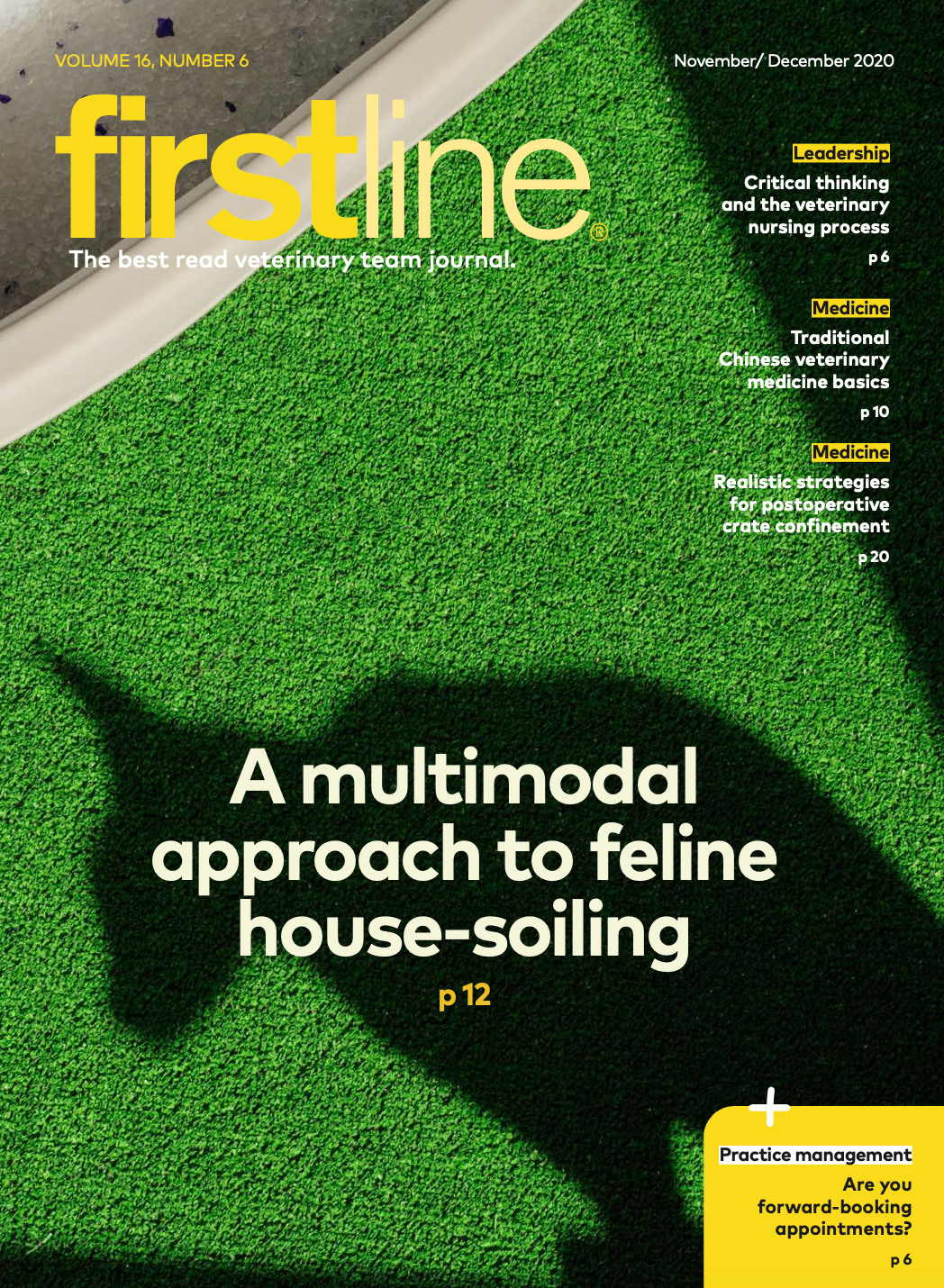Preparing clients for unexpected pet care expenses
Head off client stress and anxiety about paying for emergency pet care by outlining the available payment options before their pet needs that care.
stock28studio / stock.adobe.com

For some veterinary clients, paying for unexpected pet medical care has always been challenging. The coronavirus disease 2019 has exacerbated that situation for some pet parents and created a dire situation for others. But regardless of their particular financial situation, paying for unexpected expenses can put many clients in a real bind.
While we can advise our clients about the approximate costs of annual wellness care, we cannot foresee accidents or illnesses. Ultimately, veterinary practices must collect payments for their services in order to remain in business. But we should do everything we can to help clients properly budget for pet care costs. Communication is key; by our words and actions we should be showing clients that we want to partner with them to meet all of their pets’ health care needs.
One way to show we care is by discussing veterinary care payment options with them before an emergency situation puts them in a tailspin. Broach the topic during new patient visits and annual wellness check appointments. Consider writing a blog for your practice website, or create a client handout that explains the various avenues clients can take when they can’t afford a large veterinary bill.
Pet insurance
One way to help reduce money-related anxiety is to educate clients about pet insurance. Unfortunately, many clients opt to forgo pet insurance, instead hoping their veterinary bills will remain manageable and planning to pay out of pocket for all of their pet care needs. These owners may not have a full understanding of the benefits of pet insurance, so bring it up at every visit, even if the pet is not a puppy or kitten. If owners are not interested in insurance, recommend that they start a pet savings account or emergency pet fund for unexpected costs.
Third-party payment options
Clients can pursue third-party payment options such as CareCredit and ScratchPay. These companies take on the liability of the charge, and the hospital is paid in full for the services. Although these companies typically charge a service fee to the hospital, many practices believe it is a small price to pay if they help clients accept a treatment plan.
Also consider looking into local “angel fund” options. These funds are usually associated with a 501c3 nonprofit organization. To tap into this funding source, clients need to complete an application. Then, a board of directors makes a decision based on each case. The American Veterinary Medical Association website offers details about current national angel funds.
Payment plans
For nonurgent procedures or treatments, such as routine dental cleaning, offer clients a chance to make payments ahead of time. They make a “payment on account” using your practice management software, and the payment remains as a credit on their account. Additionally, use the recommended treatment plan as a guide for procedure cost and find a way to help clients best budget for the care their pet needs.
The take-away
Let’s face it. Talking about finances with clients is never easy, but discussing payment options before a medical emergency occurs will ameliorate the stress and anxiety that will already be high. So, incorporate financial conversations into every new patient visit. Help your clients think about future pet care needs now so they can provide the best possible care for their furry family members for years to come.
Erika Petrosino, MBA, CVPM, CVT, Erika Ervin, is practice manager at Toms River Animal Hospital in Toms River, New Jersey.
